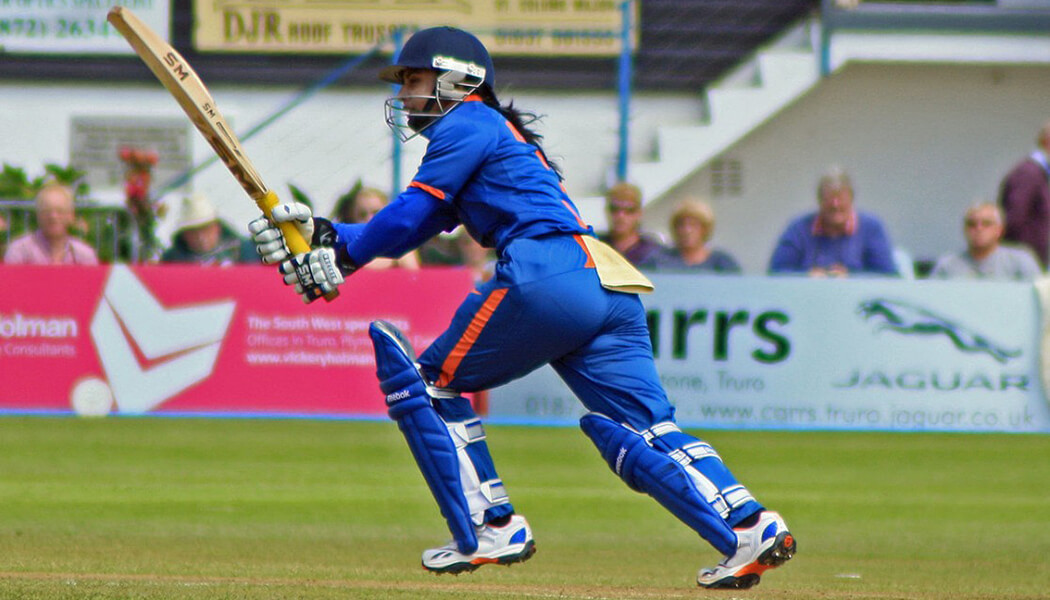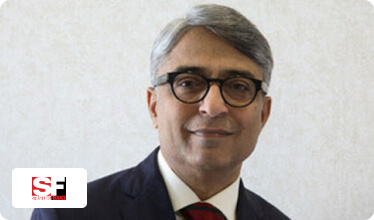She was only 13 when she was selected for the Andhra Pradesh team. Three years later, young Mithali scored an unbeaten 114 against Ireland in her India ODI debut at Milton Keynes, England.
So, when the past week, the former Indian captain announced her retirement from international cricket on social media, there was a mix of excitement at what will come next for Mithali and a collective heaviness when a legend leaves their team.
One of my favourite quotes about retirement is by Catherine Pulsifer, a writer who studied carefully the lives of successful people. Pulsifer says that retirement is a “time to do what you want to do, when you want to do it, where… and how you want to do it.”
As a coach, I have often seen leaders thinking about when should they exit. Our role as leaders to ensure growth, as well as sustainability, feels like a never-ending job. It likely makes many worry about our future, legacy, and whether you can contribute more.
Since the Ireland ODI, she played in 232 One Day Internationals, scoring 7805 runs at an average of 50.68. When she retired, she retired as the highest run-scorer in Women’s ODIs.
In the 23 years of her cricketing career, Mithali, ‘the girl from the sleepy village’, had broken many records, but more importantly, she leaves a mark on the Indian psyche, one that men in blue dominate.
In her post on Twitter, Mithali shared how her journey, like any other, has to end. However, she added how she can still contribute to the growth of women’s cricket!
“This journey may have ended, but another one beckons as I’d love to stay involved in the game I love and contribute to the growth of women’s cricket in India and the world over.”
It is rather a natural concern, but when I read Mithali’s post, I was moved. She said that she felt “now was the perfect time to call curtains” on her playing career as the “team is in capable hands.” I was amazed at her vision and honesty.
The decision to retire is naturally hard. It could not have been easy for Mithali either, especially since she rose through the ranks with sheer hard work and determination. Remember that she started from an exclusive boy’s camp where she was the only girl playing on the field.
These are just some of the records she broke.
- Most runs in WODIs (Women’s One Day International)
- Most ODIs (One Day International) played by a woman cricketer
- Youngest women cricketer to score an ODI century
- First Indian woman with 2 T20 tons
- Most T20I runs for India:
- The third youngest captain in the women’s game:
On the one hand, Mithali has left many players inspired and motivated to lead the women’s cricket future, but many think Mithali retired too early.
In his 2018 letter to employees at one of the biggest American multinational investment banks, the CEO expressed his ambivalence. “It’s always been hard,” he said about imagining leaving. “When times are tougher, you can’t leave. And when times are better, you don’t want to leave.” Although he did not want to retire, he added that it “felt like the right time.”
In my informal counselling with CEOs regarding their exit plans, I encourage them to ask themselves this question:
‘If you leave now, are you making it easier for your stakeholders, including board members, employees and peers?’
If you are making it harder for most of your stakeholders, you probably know it’s time. It is obviously easier said than done as we imagine retirement as an existential phase in our lives where we may find questioning ourselves deeply. It also goes without saying that there can be no fixed rulebook to figure out the timing, but it is always better to decide it yourself rather than being told by someone. Right?
What do you think? I would love to know your thoughts!
Image credits: Wikimedia Commons











